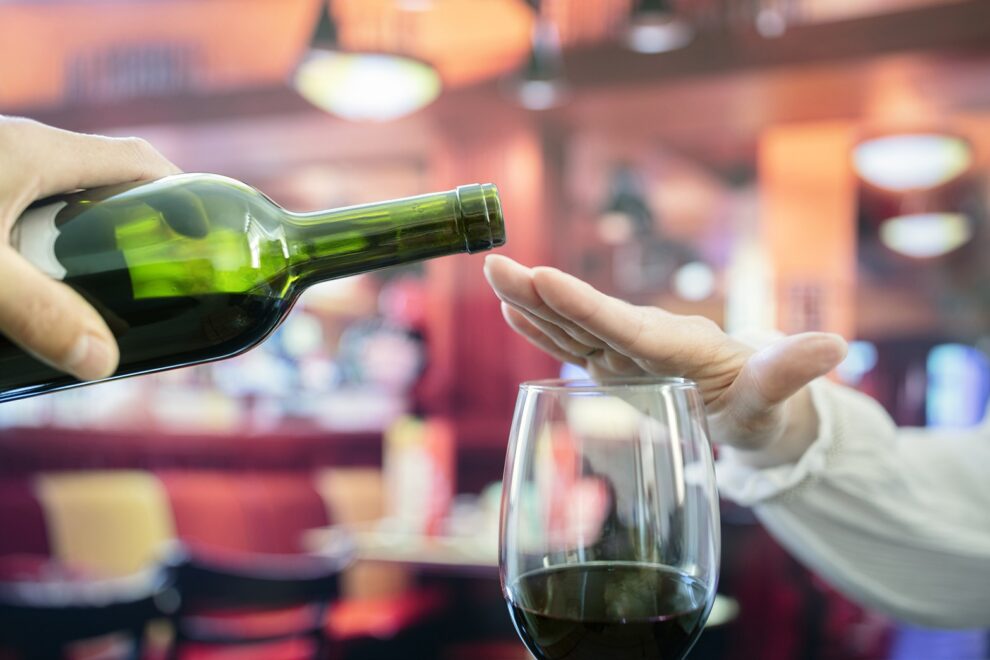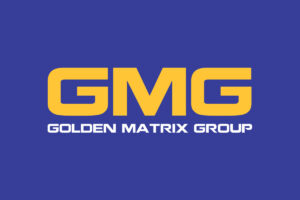The EU’s alcoholic beverages market is worth over €200 billion. But is it time to look beyond the profit margins towards a fundamental policy rethink of harm reduction?
Europe is the highest alcohol-consuming region in the world. It accounts for 20 per cent of the global market. According to the WHO, an individual consumes an average of 9.2 litres of alcohol per year. So, what is the public harm? Is the alcohol industry selling a narrative of a glass half full?
Alcohol is, for many, part of every celebration or every loss. It helps elevate a social experience by heightening feelings. Popular belief still tells the consumer that moderate drinking can be good for your heart and decrease the risk of heart disease, diabetes or a stroke.
The WHO has looked to dismantle that narrative through its “Alcohol Policy Playbook.” They say since 1998, it’s been established that alcohol is carcinogenic and yet it is cheap, readily available and heavily marketed.
Speaking at a Euractiv policy discussion, Catherine Paradis, Technical Officer, Alcohol, Illicit Drugs and Prison Health Unit, WHO Regional Office for Europe, said: “Governments are failing their citizens. Alcohol is the only consumption product exempt from proper labelling.
“If you’re someone that tracks your diet, how do you know how many calories or how much sugar intake from alcohol? We are trapped in an environment where making healthy choices is hard, and we are letting one in four young people die because of alcohol.”
Excessive consumption of alcohol claims the lives of almost a million Europeans annually.
At the Euractiv event in collaboration with EASL – the European Association for the Study of Liver, Prof. Frank Murray, Policy, Public Health and Advocacy Committee Member, EASL outlined the health effects of excessive drinking.
“There’s a crisis and emergency around alcohol consumption. To reduce harm, we need to turn off the tap. Prohibition is unlikely, but at least we can ring-fence an element of road safety with respect to consumption. Alcohol is the most common cause of advanced liver disease and death.”
A big price to pay
In Europe, 300,000 people die prematurely each year due to liver problems. EASL also says there is a direct correlation between overall alcohol consumption and liver mortality in 21 of 28 EU Member States.
Although the European Commission supports EU countries to identify and implement effective policies and actions to reduce the burden of major non-communicable diseases (NCDs), there are few alcohol-specific policies at the EU level.
What’s the policy play?
Portuguese MEP Marta Temido, only recently elected and who comes from a member state with a rich history for wine production and consumption, said, “We need to transform EU culture. Europe must have a long-term innovative health-based approach. We can’t just look at short-term solutions such as pricing.”
For Croatian MEP Tomislav Sokol, now in his second term, the approach was more pragmatic. “The European Parliament has adopted some non-binding regulations such as Europe’s Beating Cancer Plan. The data shows that 40% of cancers and cardiovascular diseases are preventable. But across the EU, drinking is seen as a way of life.”
He added: “Change could cost industry and jobs, so [there are] lots of competing issues at play. Regulation would be hard, but the EU can help create balance.”
Dr Samuele Tonello, Senior Research Coordinator, EuroHealthNet, a network of EU health bodies, was categorical: “I tell people they best thing for their health is not to be poor. We have a systematic approach to alcohol, but economic and social inequity creates health inequality. We should have mandatory regulation so everyone has a chance.”
Tobacco is taboo, why not alcohol?
The cautious approach to alcohol regulation is in stark contrast to where we are today with tobacco and nicotine products. Ten years ago, the EU adopted landmark legislation to regulate tobacco and nicotine products. Today, any novel tobacco or nicotine product, such as electronic or E-cigarettes are, reviewed for safety before being allowed to be sold in the single market.
It’s not to say smoking has been eradicated.
The average number of smokers in the EU is 26%, with 29 % of 15-24 year olds part of that demographic. But socially, tobacco has become more taboo. Long gone are the days of smoking indoors, and bans in public settings are also under discussion.
Advertising, too, is non-existent, with countries like the UK banning tobacco advertising on TV as far back as the 1960s. Standardised packaging carrying major health warnings has also played a significant role in decreasing smoking rates.
A question raised at the Euractiv event was why, when the European Union has such stringent labelling rules, is this not the case for alcoholic beverages?
Three bottles, one stark difference
Panellist Florence Berteletti, Secretary General, Eurocare – the European Alcohol Policy Alliance, illustrated the issue with three products placed on the table in front of her.
Armed with an empty bottle of alcohol, a non-alcoholic beverage and a bottle of mustard sauce, she said, “Take a look at the detailed label for a non-alcoholic sparkling wine with zero per cent alcohol. There is an EU exemption to produce a detailed label if the product has 1.2% alcohol content or above.”
“The argument is made that it would be costly to small alcohol producers. But here is a bottle of mustard, locally produced, that has stringent labelling of ingredients and nutrition. So why does my bottle of alcohol say nothing?”
For Catherine Paradis, Technical Officer, Alcohol, Illicit Drugs and Prison Health Unit, WHO Regional Office for Europe, the EU needs to give people the choice to drink, reduce or stop.
“After we came out with our WHO study, I had friends say to me that they have cut back on consumption as they have a family history of breast cancer or heart disease, and even a moderate risk is not one they’re willing to take,” she said.
Advertising and packaging whitewash?
MEP Sokol also expressed his hope that MEPs would take the idea on. “There is no reason why we don’t have mandatory front-of-pack labelling for alcohol.”
Florence Berteletti, Secretary General, Eurocare, applauded that vision. For many years, she worked on tobacco control and said, “We need the courage of politicians. They introduced smoke-free legislation that led to a smoking ban in 2006. I also believe it’s time to stop alcohol advertising like we have done for tobacco. These products sell themselves. They don’t need ads.”
The possibility for change?
MEP Marta Temido called for a more radical approach.
“Drink less is not a strategy,” she said, “change came with tobacco and nicotine because we told people not to smoke. We need proper commercial determinants. In Portugal, we imposed a sugar tax on soda that led to sugar content reduction by manufacturers.”
Prof. Frank Murray, Policy, Public Health and Advocacy Committee Member, EASL, echoed the approach for social engineering.
Murray remarked: “Reduce the marketing, ads and availability and increase the price. In Scotland, they introduced unit pricing [of alcohol] that has had a significant reduction of alcohol-related deaths. We also need a European agency – funded by a levy on the alcohol industry, whose sole focus is alcohol harm reduction.”










